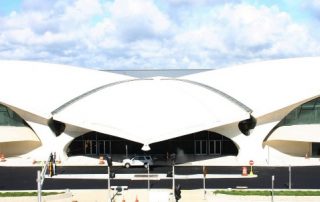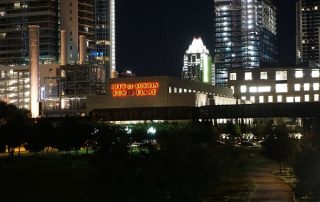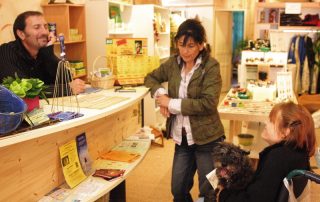Information on commercial design for business, including offices, restaurants, retail stores and other spaces.
Tenant Improvements: 4 Tips to Make Them Work for Your Business
Tenant improvements (TIs) – also known as leasehold improvements or build-outs – are changes you make to a leased commercial space to make it ready for you to do business. The cost of these improvements will typically be partially or fully defrayed by your landlord through a tenant improvement allowance (TIA) you negotiate during











